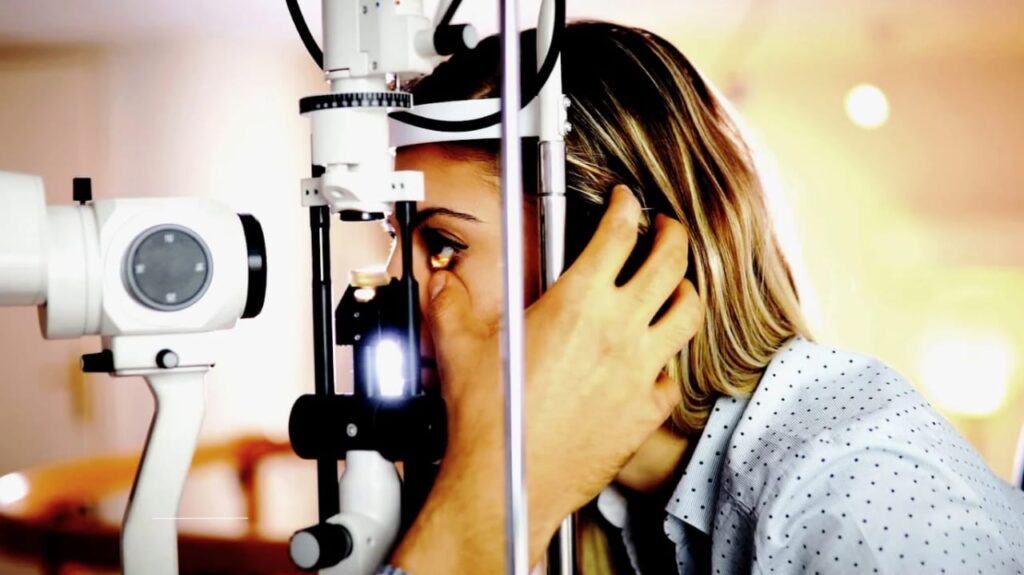
Your eyes are your window to the world—but what happens when that window becomes cloudy or damaged? Cataracts and glaucoma are two common eye conditions that affect millions of people worldwide, yet many struggle to understand how they differ or what steps to take to protect their vision. Let’s break down these conditions, their treatments, and practical ways to reduce your risk.
Understanding Cataracts: The Clouded Lens
Imagine looking through a foggy camera lens. That’s what living with cataracts can feel like. Cataracts develop when the eye’s natural lens—a clear structure behind the iris—becomes cloudy over time. This clouding is often due to proteins in the lens clumping together, a process accelerated by aging, UV exposure, or health conditions like diabetes.
Symptoms to Watch For:
- Blurred or dim vision, especially in low light
- Sensitivity to glare (e.g., difficulty driving at night)
- Fading or yellowing of colors
- Frequent changes in eyeglass prescriptions
Who’s at Risk?
While cataracts are primarily age-related (most cases appear in adults over 60), lifestyle plays a role. Smokers, individuals with prolonged sun exposure, and those with diabetes face higher risks. According to the World Health Organization, cataracts account for over 51% of global blindness, underscoring the importance of early intervention.
Treatment: Surgery Isn’t as Scary as It Sounds
Cataract surgery is one of the safest and most effective procedures globally, with a success rate exceeding 98%. During the 15-minute outpatient procedure, the cloudy lens is replaced with an artificial intraocular lens (IOL). “Most patients notice improved vision within days,” says Dr. Emily Torres, a ophthalmologist at the Vision Care Institute. Advanced IOLs can even correct nearsightedness or astigmatism, reducing reliance on glasses.
Glaucoma: The Silent Thief of Sight
Unlike cataracts, glaucoma often shows no early symptoms until irreversible damage occurs. Known as the “silent thief of sight,” this condition damages the optic nerve—the cable connecting the eye to the brain—usually due to high intraocular pressure (IOP). Think of IOP as the “air pressure” inside your eye; when too high, it strains the optic nerve, leading to vision loss.
Types of Glaucoma:
- Open-Angle Glaucoma: The most common form (90% of cases), where drainage canals become clogged over time.
- Angle-Closure Glaucoma: A medical emergency where pressure spikes suddenly, causing pain, nausea, and blurred vision.
Risk Factors:
- Age (over 60)
- Family history
- African, Asian, or Hispanic ancestry
- Severe nearsightedness
Detection and Diagnosis
Glaucoma is diagnosed through a painless “puff test” (tonometry) to measure IOP, combined with imaging of the optic nerve. The American Academy of Ophthalmology recommends comprehensive eye exams every 1–2 years for adults over 40.
Treatment: Lowering Pressure to Save Vision
While glaucoma damage can’t be reversed, treatments slow progression:
- Prescription Eye Drops: Prostaglandins or beta-blockers to reduce fluid production.
- Laser Therapy: A 10-minute procedure to improve fluid drainage.
- Surgery: Tiny stents or shunts to relieve pressure in advanced cases.
“Consistency is key,” stresses Dr. Raj Patel, a glaucoma specialist. “Skipping eye drops for even a few days can worsen nerve damage.”
Cataracts vs. Glaucoma: Key Differences
| Aspect | Cataracts | Glaucoma |
| Primary Cause | Clouding of the lens | Optic nerve damage from high IOP |
| Symptoms | Gradual blurring, glare sensitivity | Often asymptomatic until late stages |
| Reversibility | Fully reversible with surgery | Damage is permanent; treatment slows progression |
| Global Impact | Leading cause of blindness, treatable | Second-leading cause of irreversible blindness |
Prevention: Small Habits, Big Impact
- Wear Sunglasses Year-Round
UV radiation accelerates cataracts. Choose sunglasses labeled “100% UV protection” or “UV400.” - Eat for Your Eyes
Leafy greens (rich in lutein), fish (omega-3s), and citrus fruits (vitamin C) support eye health. A 2023 study in Ophthalmology found that diets high in antioxidants reduced cataract risk by 30%. - Stay Active
Regular exercise lowers IOP. Aim for 30 minutes of walking or swimming five days a week. - Quit Smoking
Smokers are twice as likely to develop cataracts and three times more likely to get glaucoma. - Monitor Blood Pressure and Diabetes
High blood pressure and uncontrolled diabetes strain blood vessels in the eyes.
Case Study: Early Detection Saved Maria’s Vision
Maria, a 58-year-old teacher, noticed slight peripheral vision loss during a routine eye exam. Diagnosed with early-stage open-angle glaucoma, she began daily eye drops. Five years later, her vision remains stable. “That checkup saved my sight,” she says.
Innovations in Eye Care
- Laser Cataract Surgery: Offers precision and faster recovery than traditional methods.
- Minimally Invasive Glaucoma Surgery (MIGS): Tiny devices like the iStent® improve drainage with fewer risks.
- Home IOP Monitors: Emerging devices let patients track eye pressure daily.
When to See a Specialist
Don’t wait for symptoms. Schedule an exam if you:
- Are over 40 with a family history of eye disease
- Have trouble reading or driving at night
- Experience sudden eye pain or vision changes
Regular eye exams are the cornerstone of prevention. By understanding cataracts and glaucoma, you empower yourself to take proactive steps—whether that’s investing in UV-blocking sunglasses or sticking to prescribed eye drops. Vision loss isn’t an inevitable part of aging; with modern treatments and healthy habits, clear sight can last a lifetime.
